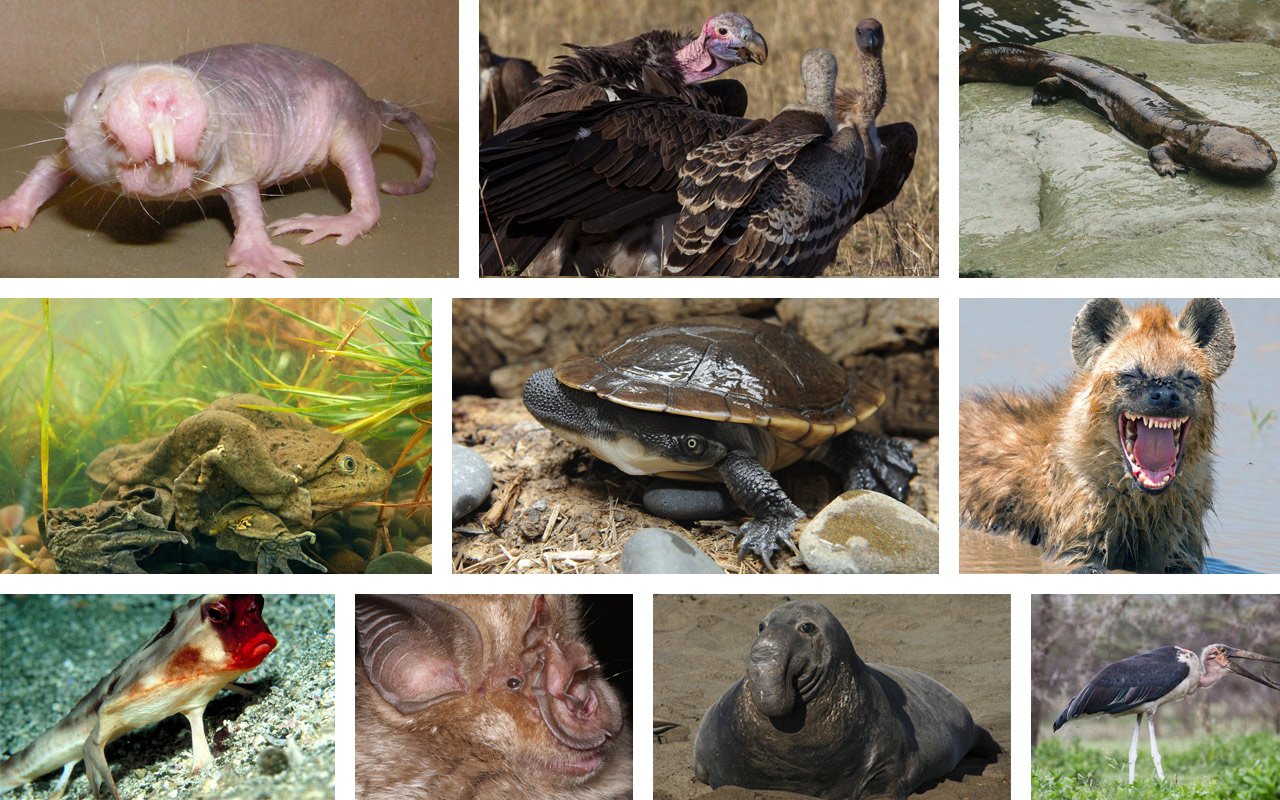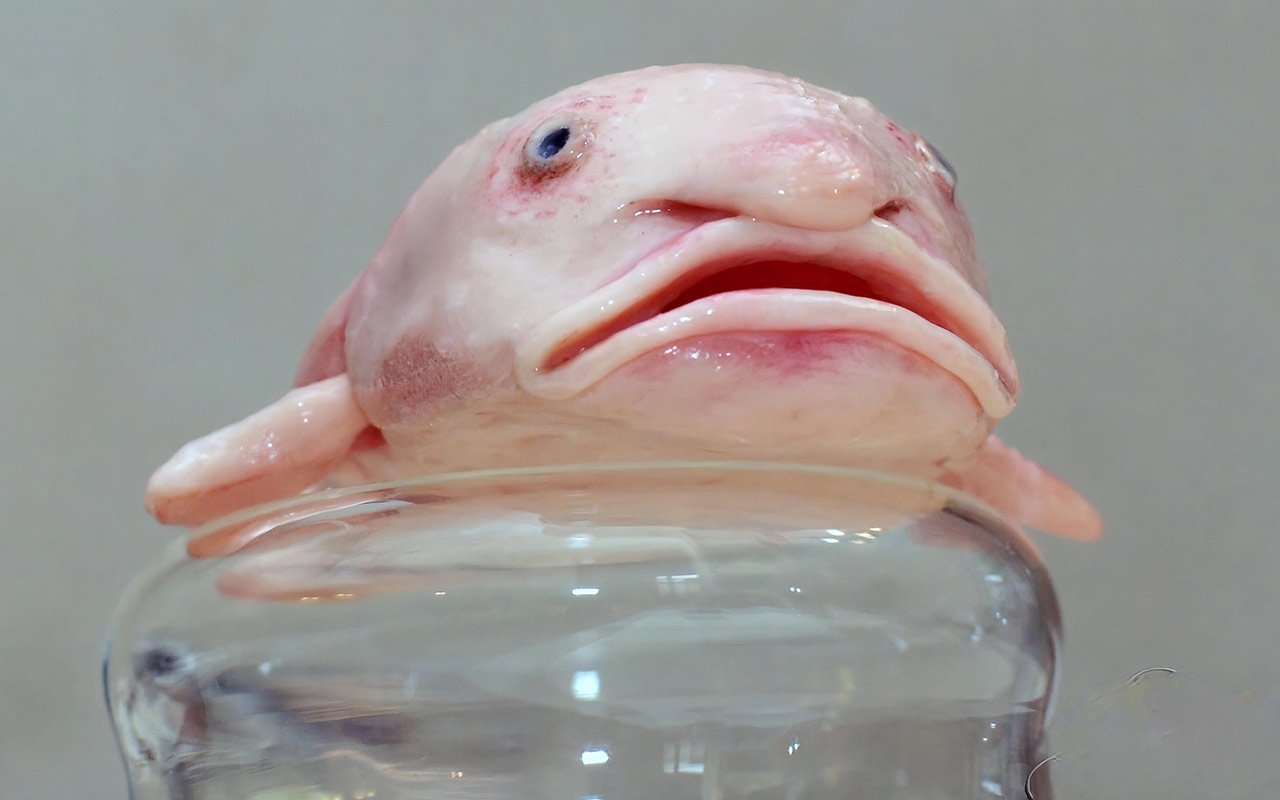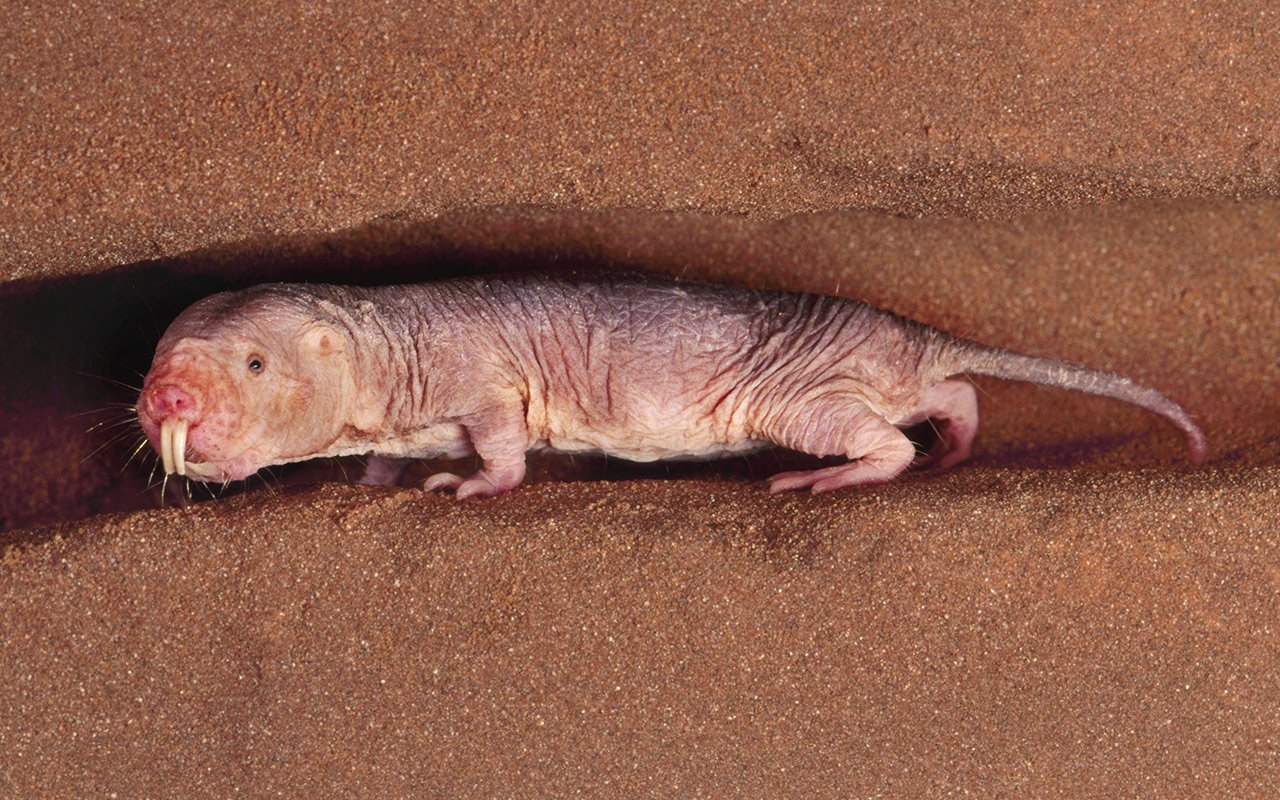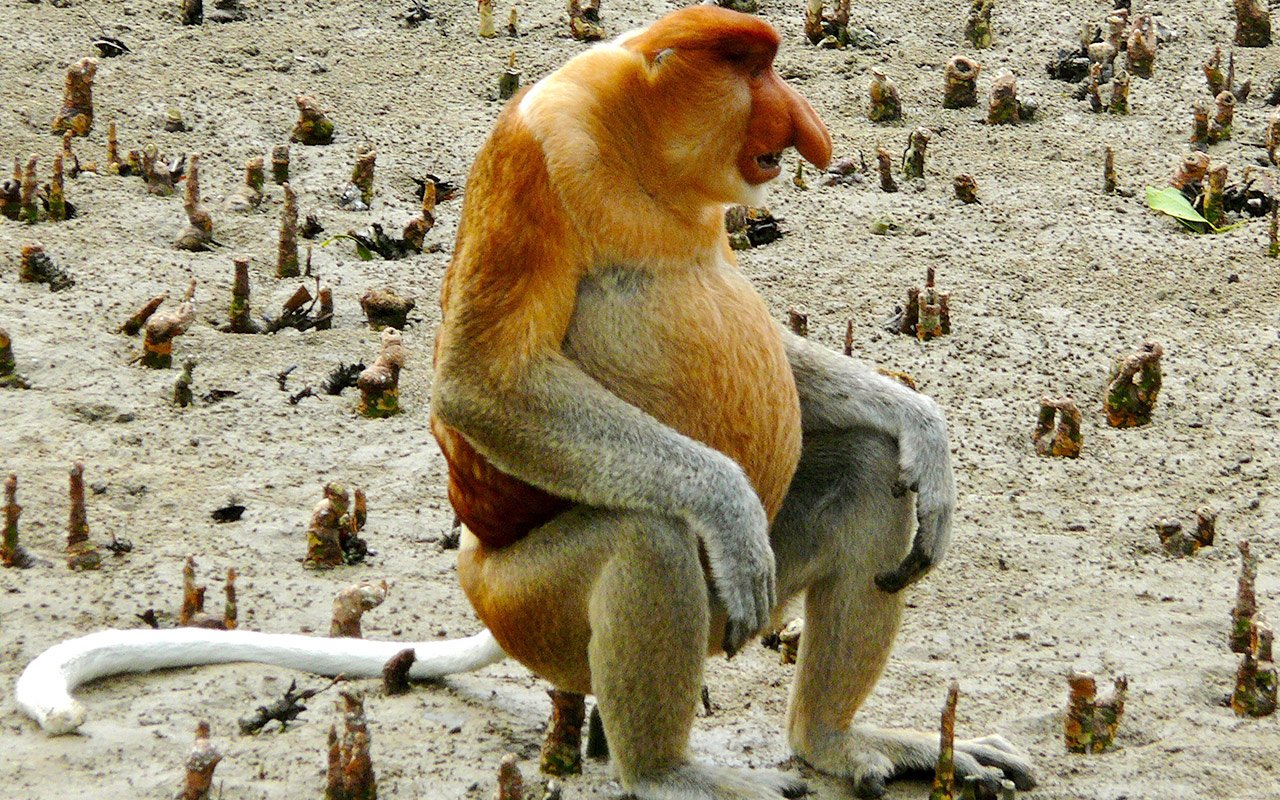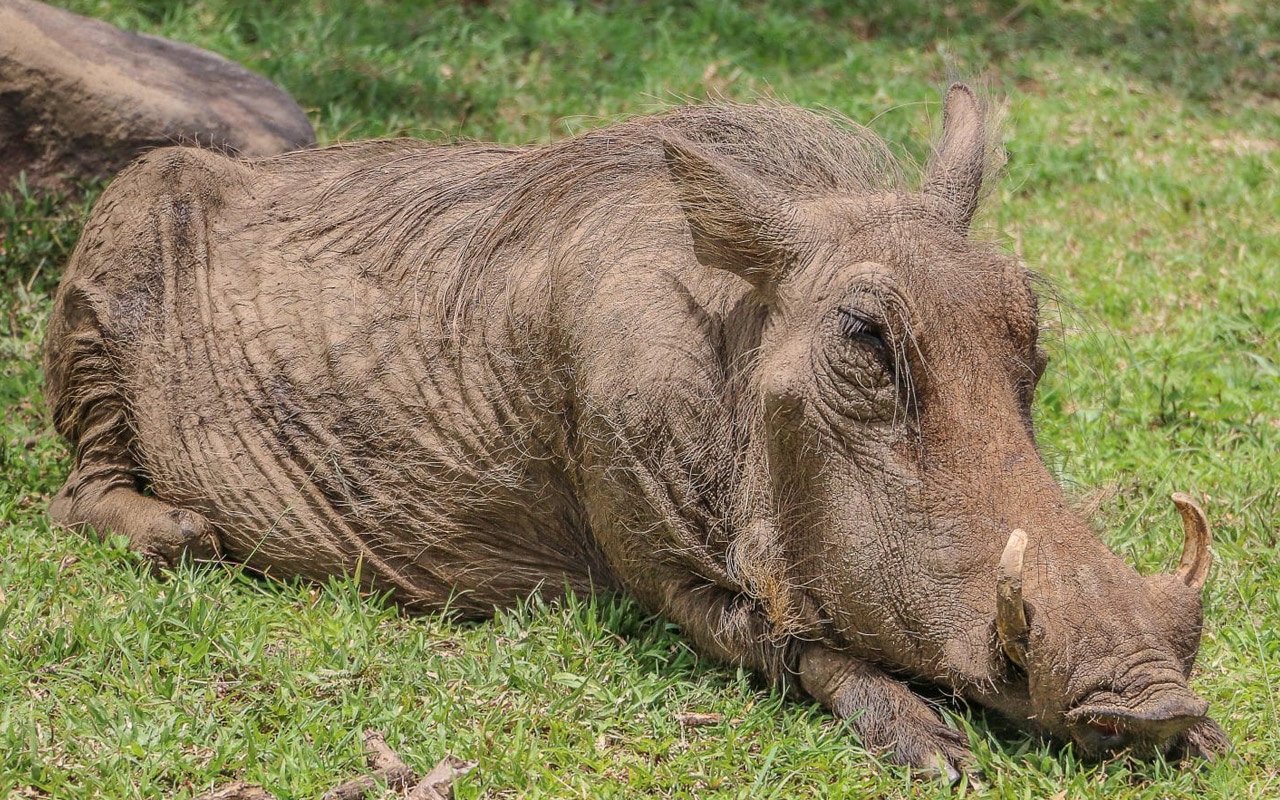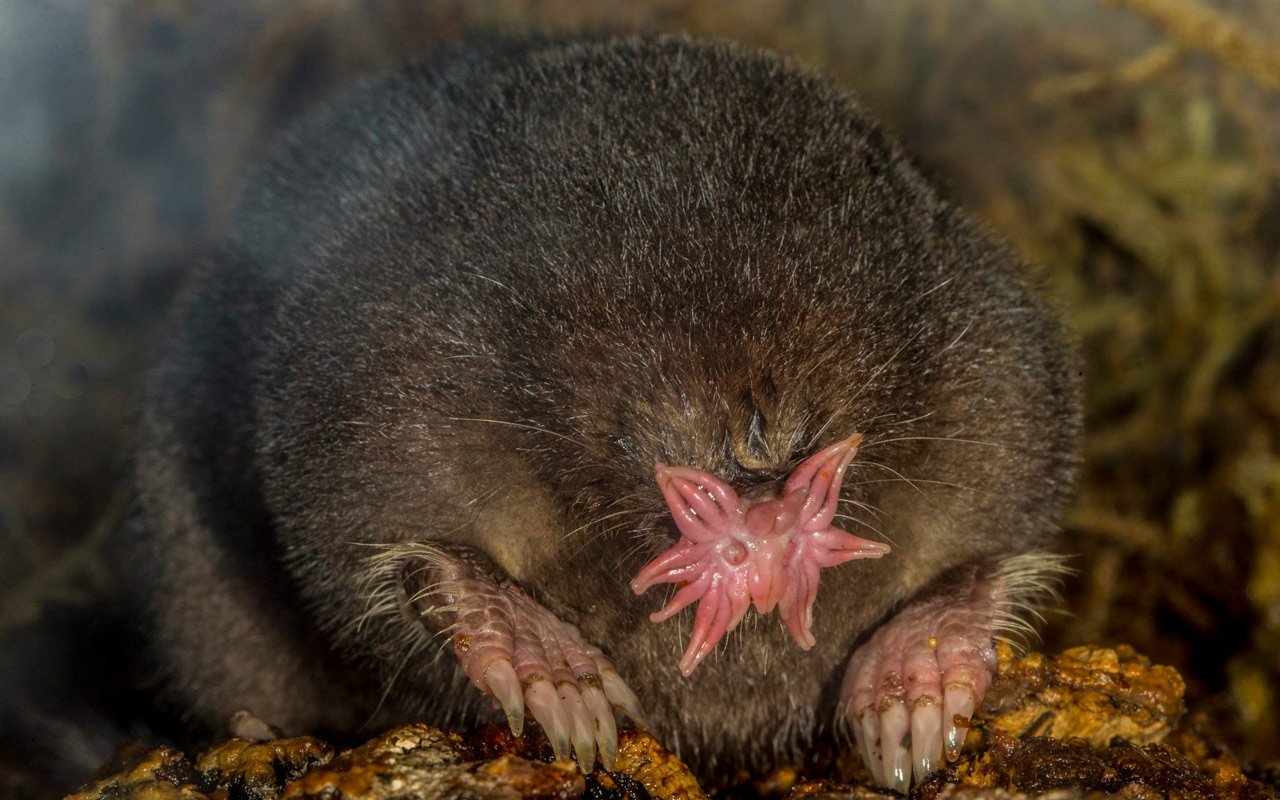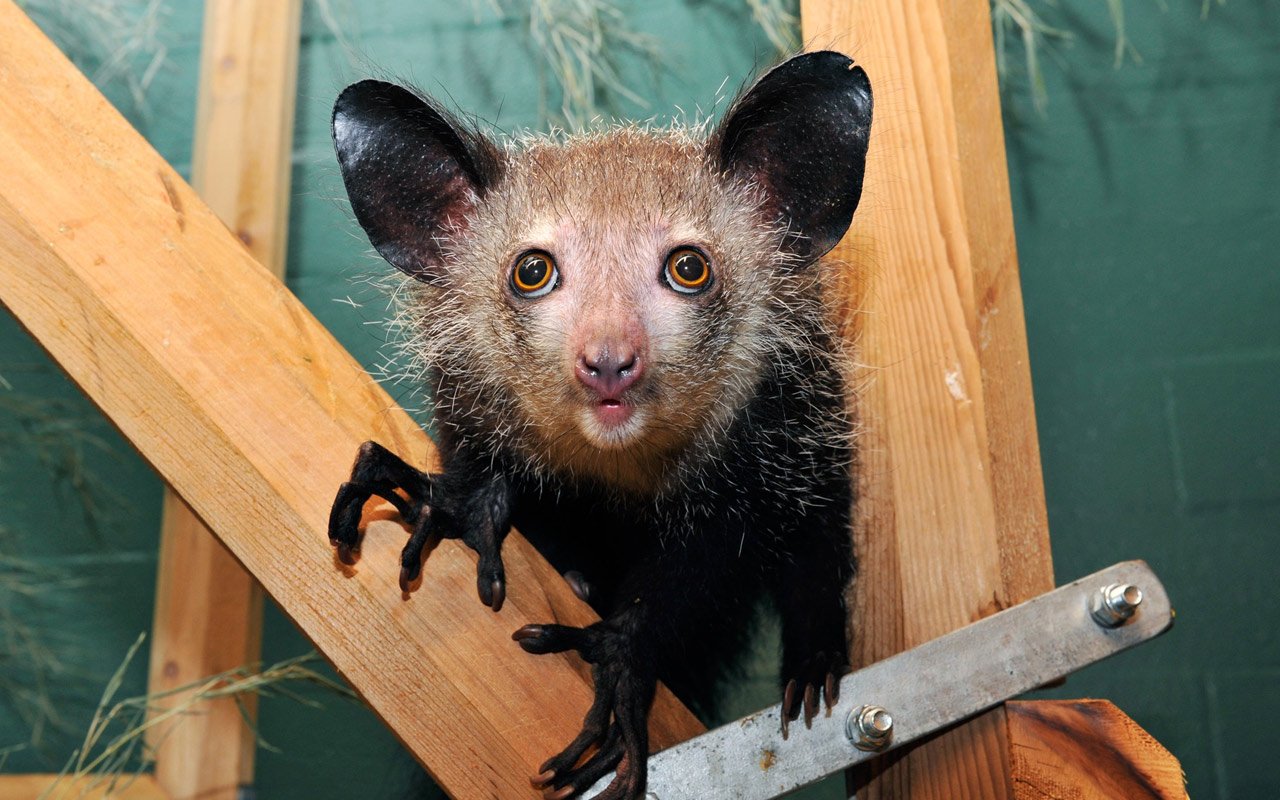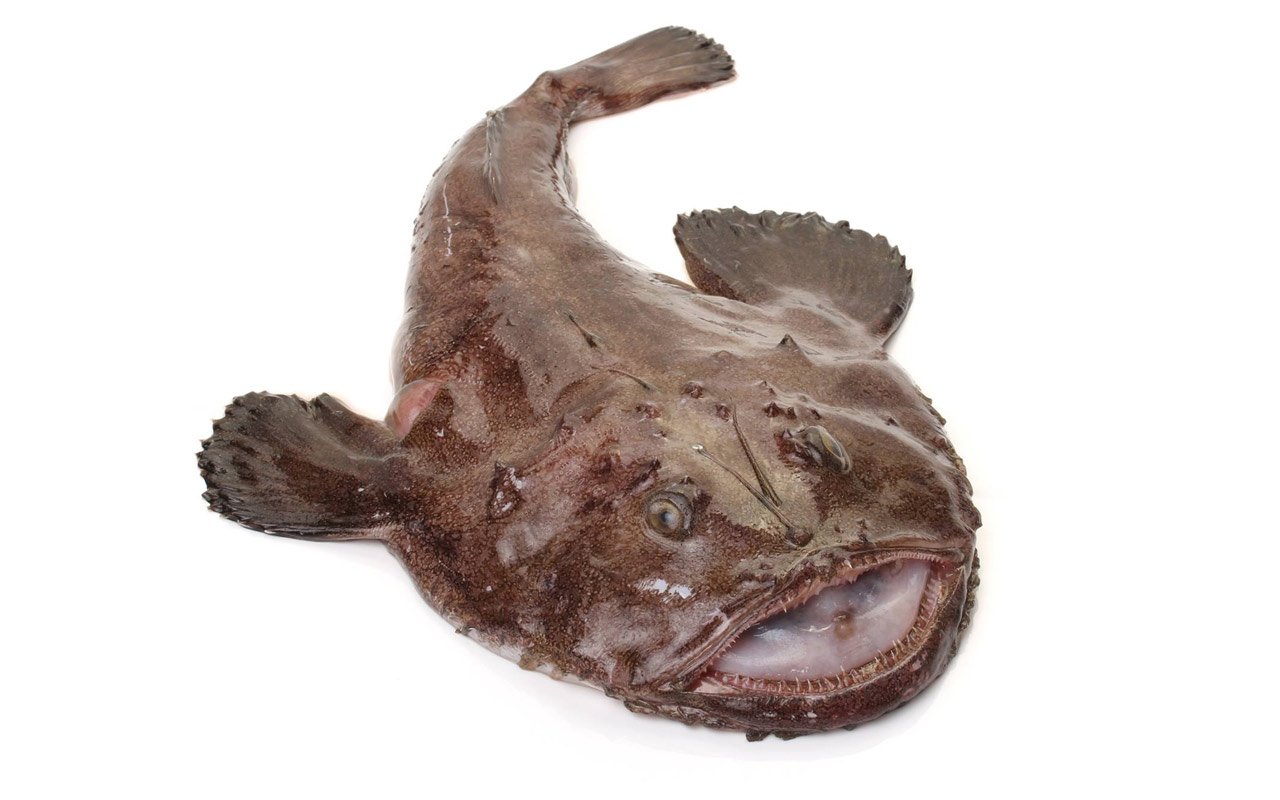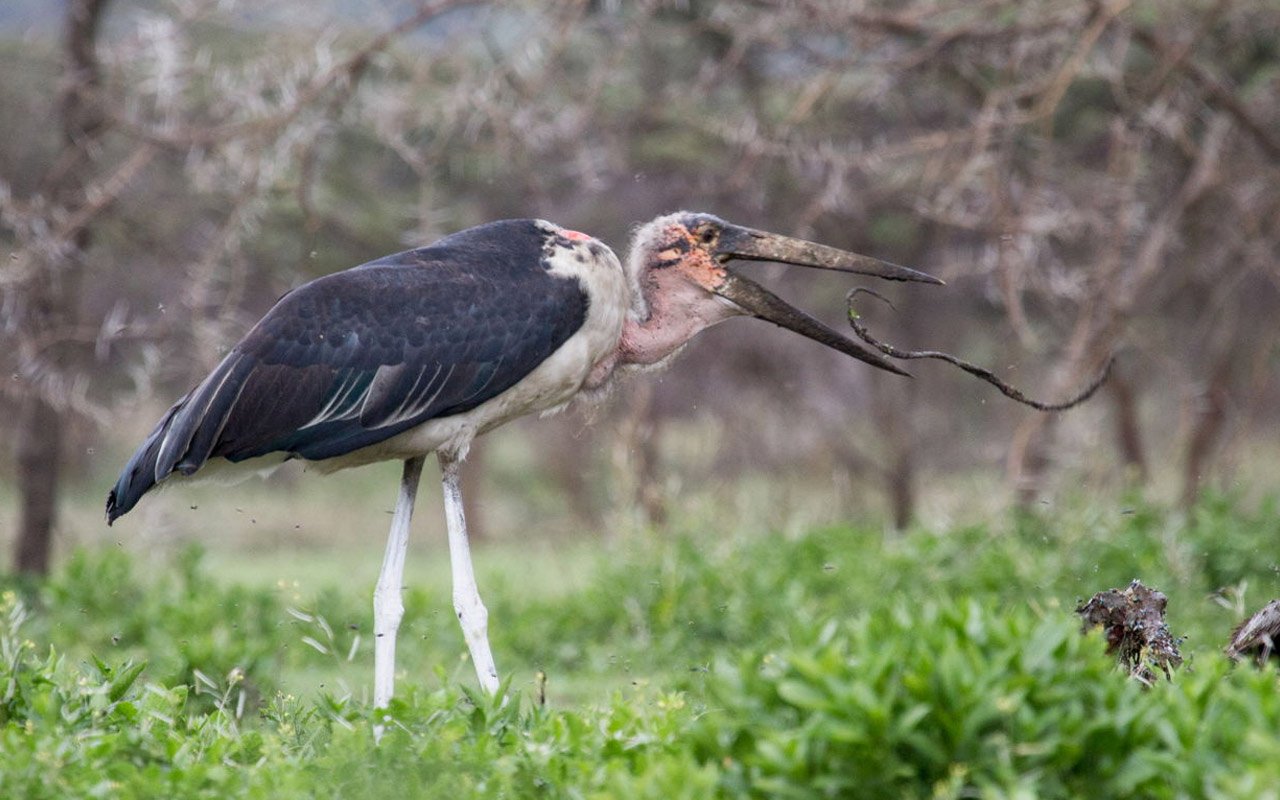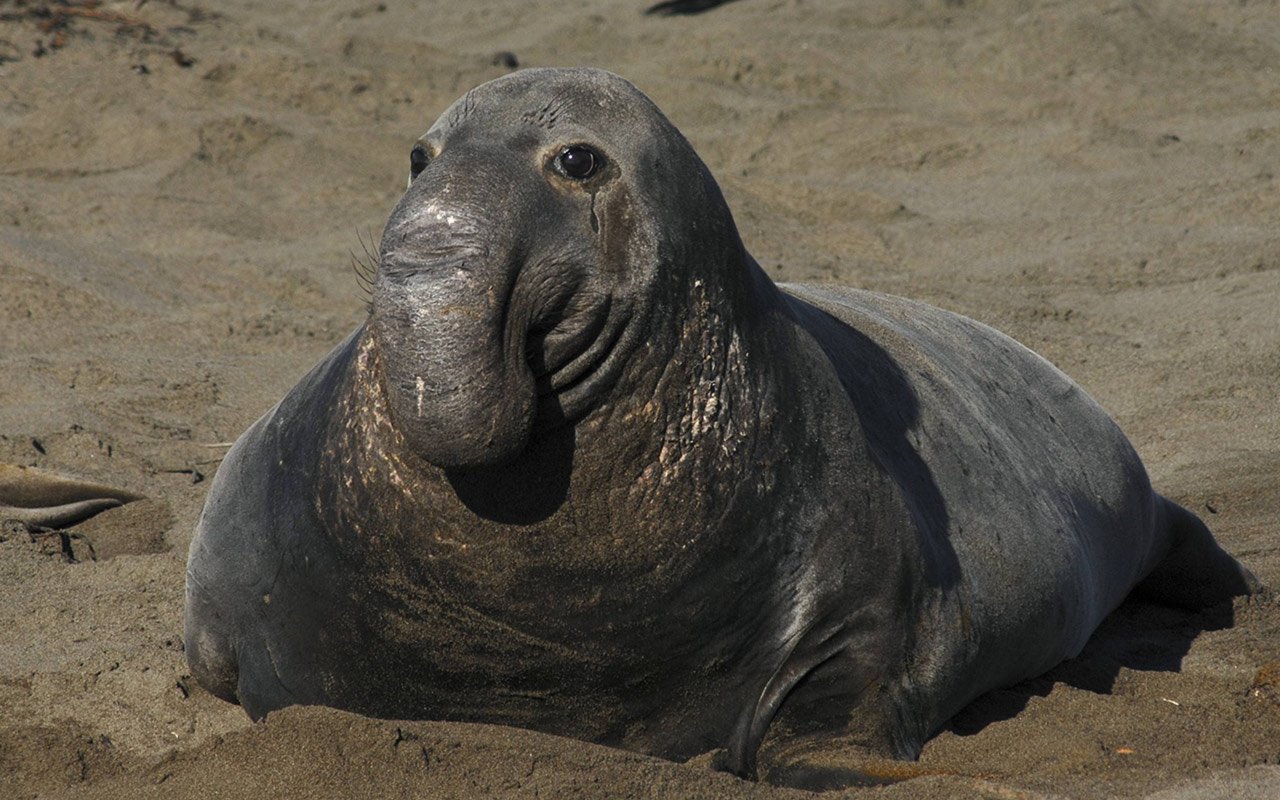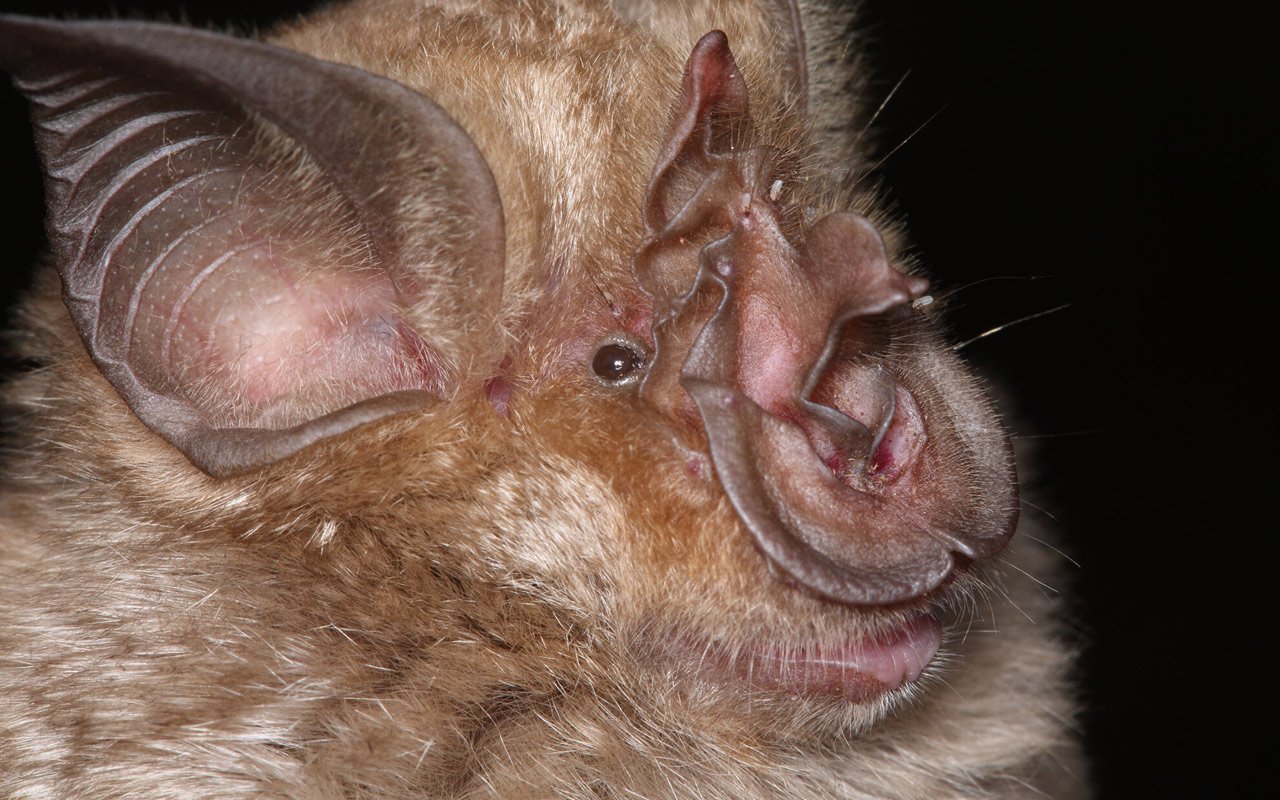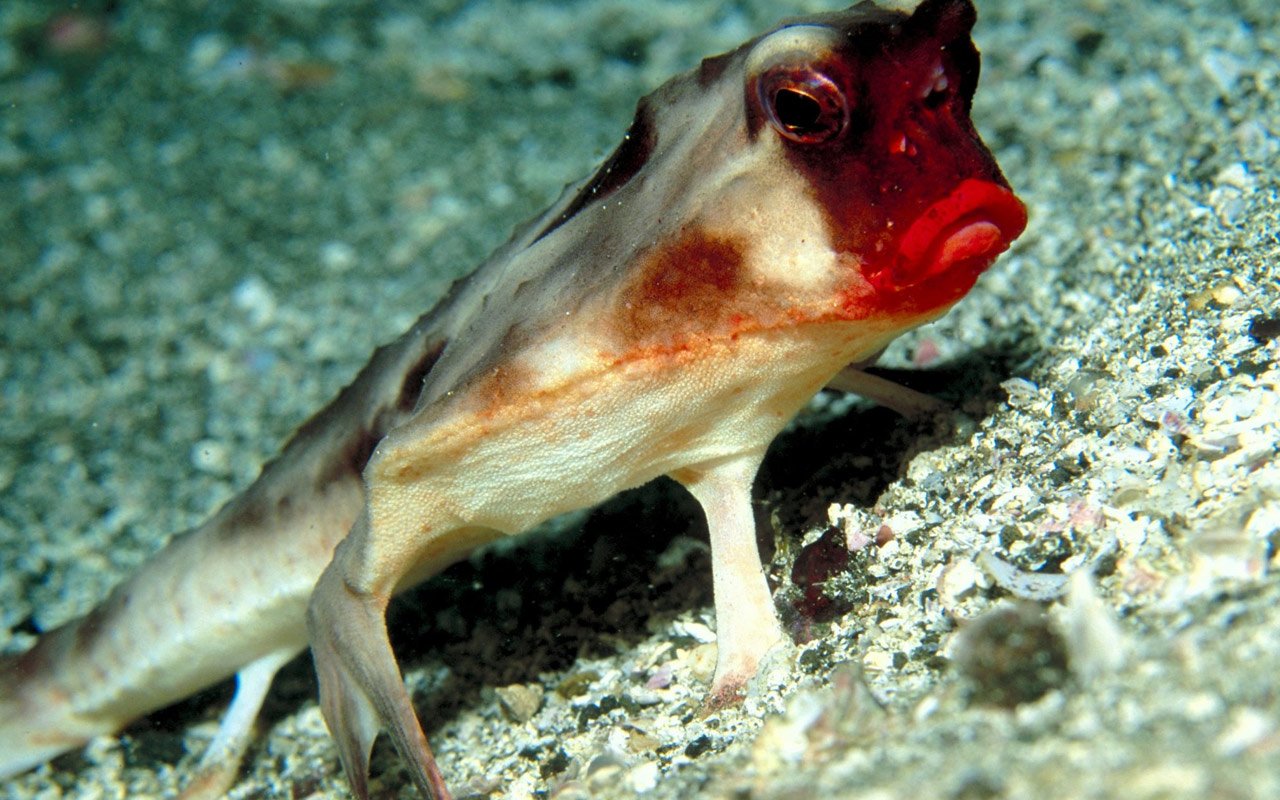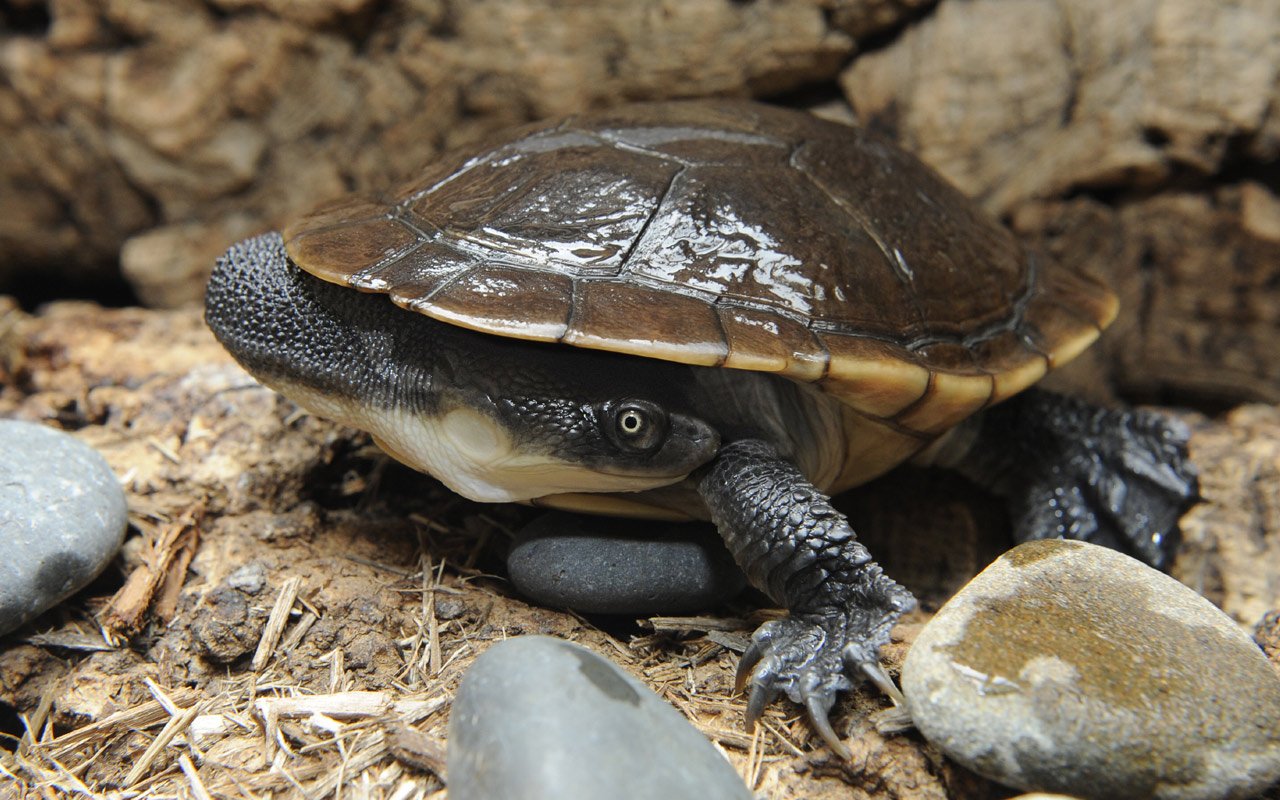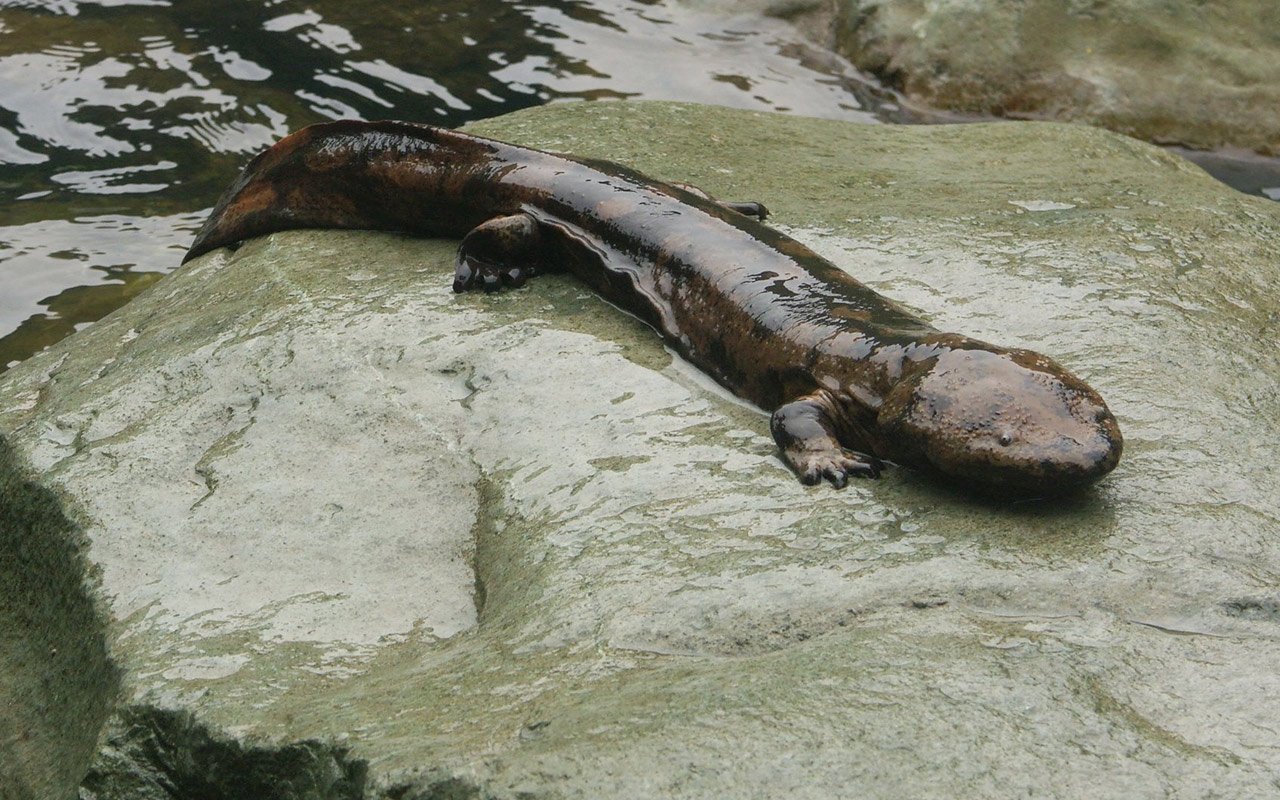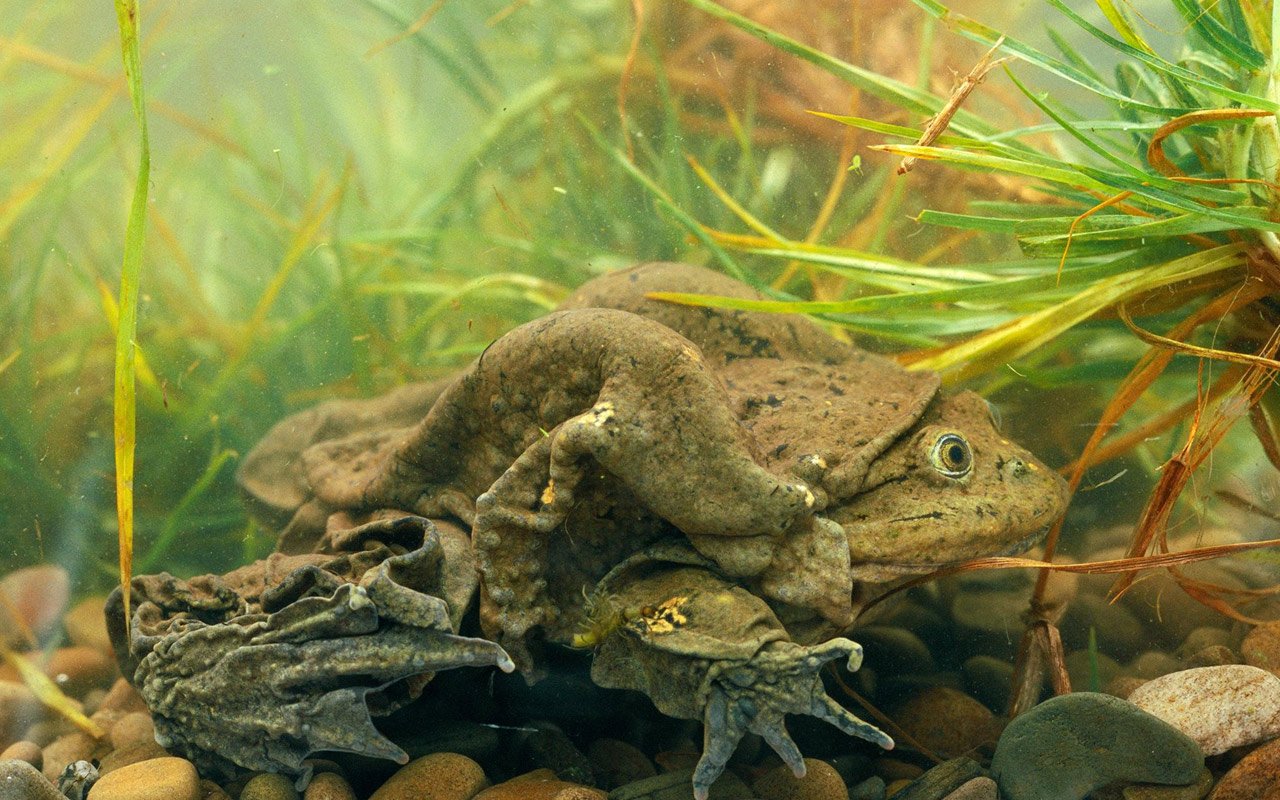The Ugly Animal Preservation Society launched a campaign to raise awareness about visually impaired animals and endangered species. The Blobfish was named the world’s most ugly animal. Here is a list of 15+ ugly animals that are “honored” to be on this list.
While not all animals are as extravagant or cuddly as the giant peacocks, each animal serves a purpose and each organism is vital.
Beauty is not only skin deep. Let’s hope that, for these 15+ unsightly creatures’ sake, beauty can also be called ugly.
Here is a list of ugly animals that we can come across in our daily life.
Table of Contents
- 1 California Condor
- 2 Blobfish – 1st place on the list of ugly animals
- 3 Naked Mole Rat
- 4 Proboscis Monkey
- 5 Warthog
- 6 Star-Nosed Mole
- 7 Aye-Aye
- 8 Monkfish
- 9 Marabou Stork
- 10 Elephant Seal
- 11 Horseshoe Bat
- 12 Red-Lipped Fish
- 13 Hyena
- 14 Roti Island Snake Necked Turtle
- 15 Giant Chinese Salamander
- 16 Titicaca Frog
- 17 Vulture
California Condor
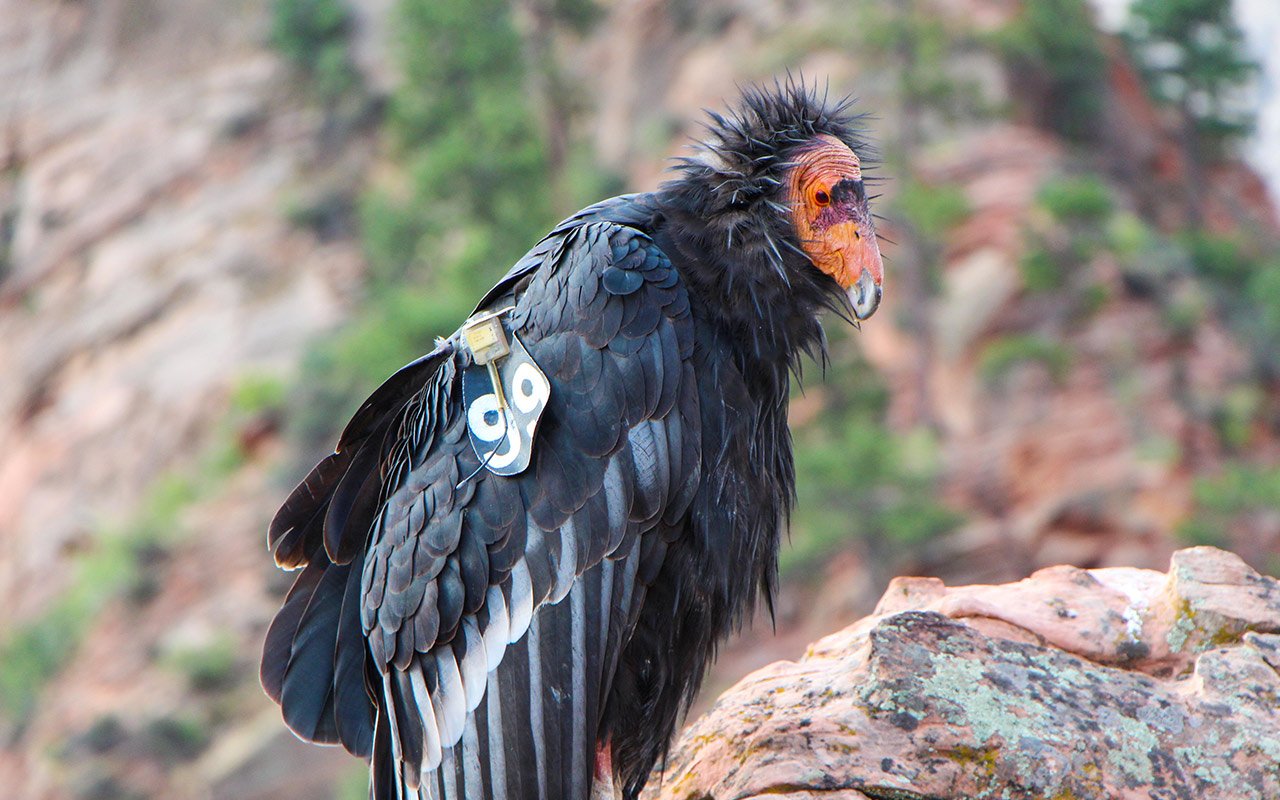
California condors are one of the rarest birds on Earth and North America’s largest land-flying bird. It glides gracefully high above canyons and deserts along the American West Coast.
The bird doesn’t look very photogenic when it is closed up. The bird’s bald head is natural because it eats large quantities of carrion and has a feathered physique.
Condors were threatened with extinction in the 1970s.
Blobfish – 1st place on the list of ugly animals
It might seem unfair to judge fish by their water content. However, the blobfish looks more like a slime ball than a living creature.
The ocean can sustain blobfish even under extreme pressure. The gelatinous appearance that the blobfish has is an amazing adaptation. The blobfish’s pudding-like, gooey flesh makes it buoyant in deep water where gaseous bladders can’t.
In an internet poll, the Ugly Animal Preservation Society of Britain voted this visually impaired blobfish the world’s most ugly animal. This made it the official Mascot.
Naked Mole Rat
It can be difficult to project a positive self-image when you are a bald rodent. This is not an issue for naked mole rats. They are almost blind, which is a good thing.
These animals live underground in insect-like colonies and don’t require good eyesight. Because they are almost entirely hairless, these animals can adapt to their underground environment.
Surprisingly naked rats are closer to chinchillas (chinchillas), porcupines, and guinea pigs than moles or rats. They have hair, contrary to what they claim.
They are covered in approximately 100 fine hairs that act as whiskers.
Hairs between the toes help them move soil behind them when digging tunnels.
Because of their size, naked mole rats are able to live almost 30 years.
Proboscis Monkey
A Proboscis Monkey will choose a bigger nose than a human.
It was discovered that a large, bulbous schnoz can cause more damage to a female probosci mongoose’s not than any other thing.
Scientists believe that a bulbous, big schnoz attracts female probosci monkeys more than an enormous nose.
These curious-looking monkeys are excellent swimmers because of their webbed feet.
Their swimming speed is often quicker than that of crocodiles. They can jump from trees to the water and land with a huge belly flop.
Warthog
Wild members of the pig family, warthogs, have a distinctive pig nose. Their mouths are protruded by their tusks.
Their faces have a wart-like curve. Their backside also shows a nappy hairline. There are two types of tasks.
The upper tusks emerge from their nostrils and form a semicircle. The base is occupied by the lower tusks.
The bodies of warthogs are covered in bristles. They are distinguished by their large heads, and protective pads made from wart-like material.
Although they are not beautiful, warthogs are well-suited for grassland habitats.
Star-Nosed Mole
Star-nosed moles may have the most bizarre noses of all animals. Their bizarre whiffets are defined by 22 fleshy appendages that work more like ultrasensitive fingertips than a nostril.
These moles’ snouts have 22 fleshy appendages, which act more like a sound than a finger.
Because of these sensory receptors, this mole’s sensitive nose ranks among the top in the animal kingdom.
Star-nosed moles are skilled hunters. The outer tentacles search for potential prey and the inner senses decide if it can be eaten.
Aye-Aye
The primate, aye-aye, is a gremlin-like creature and can be found in Madagascar.
Their most unique trait is their long, bony and witch-like middle fingers that they use to remove bugs from tree trunks.
They can fill a biological niche, such as a woodpecker. They come out only at night.
The incisors in aye-ayes continue to grow, which is unusual for primates. They also have large ears.
As it walks, the aye-aye taps branches using its skeletal middle hand. It raises its large ears to hear the echoes of the tree.
It will begin to realize it is inside an insect tunnel by removing chunks of the tree with its large teeth.
Monkfish
These ugly, unappetizing fish are a popular food delicacy. They were disgusting and people avoided them for many years.
Chefs finally realized the fish’s deceitful appearance and now feature it on the menus of fine restaurants.
Monkfish has a bizarre appearance with a strange complexion and an unattractive overbite. Due to their large heads and sharp, razor-like teeth, monkfish can be very cruel.
Marabou Stork
Marabou storks can reach over 5 feet in height and have a wingspan of up to 10 feet. They can be a scavenger for large amounts of carrion.
This is why their featherless heads are so distinctive. These African birds have been known to eat flamingos as well as other birds.
Some marabou-storks have very ugly traits. They excrete all over the floor including their feet.
This gives their appendages a white appearance and regulates their body temperature.
Marabou Storks don’t seem to be very active. They can be quite lazy. They are often sedentary and will sometimes pant excessively if they get too hot.
Elephant Seal
Baby elephant seals and female elephants are very similar in appearance. Male elephant seals grow a big nose when they reach sexual maturity, which takes approximately three to five years.
With its large schnoz and its floppy trunk, the seal has the appearance of an elephant.
The elephant seal’s large nose looks similar to that of the probosci monkey. They can make loud roars to defend themselves against other males.
Horseshoe Bat
Horseshoe bats are more like an eye than a face, as do most other insect-eating bats.
This adaptation allows them to be more responsive to sound waves, allowing them to navigate quickly through the air.
Named after its “noseleaves,” the fleshy structure around its nose, the bat’s name is derived.
The top is pointed and the bottom is circular. The top is pointed, while the bottom is round.
Red-Lipped Fish
The red-lipped batfishes have the appearance that they are trying to compensate for their unique bodies by licking lipstick.
Scientists suspect bright red lips are linked to attracting mates. However, more research is needed to understand their significance.
The red-lipped batfish can’t swim gracefully and are better suited to walking on the ocean floor. Adults will use their dorsal fins to catch prey, and then swim.
Hyena
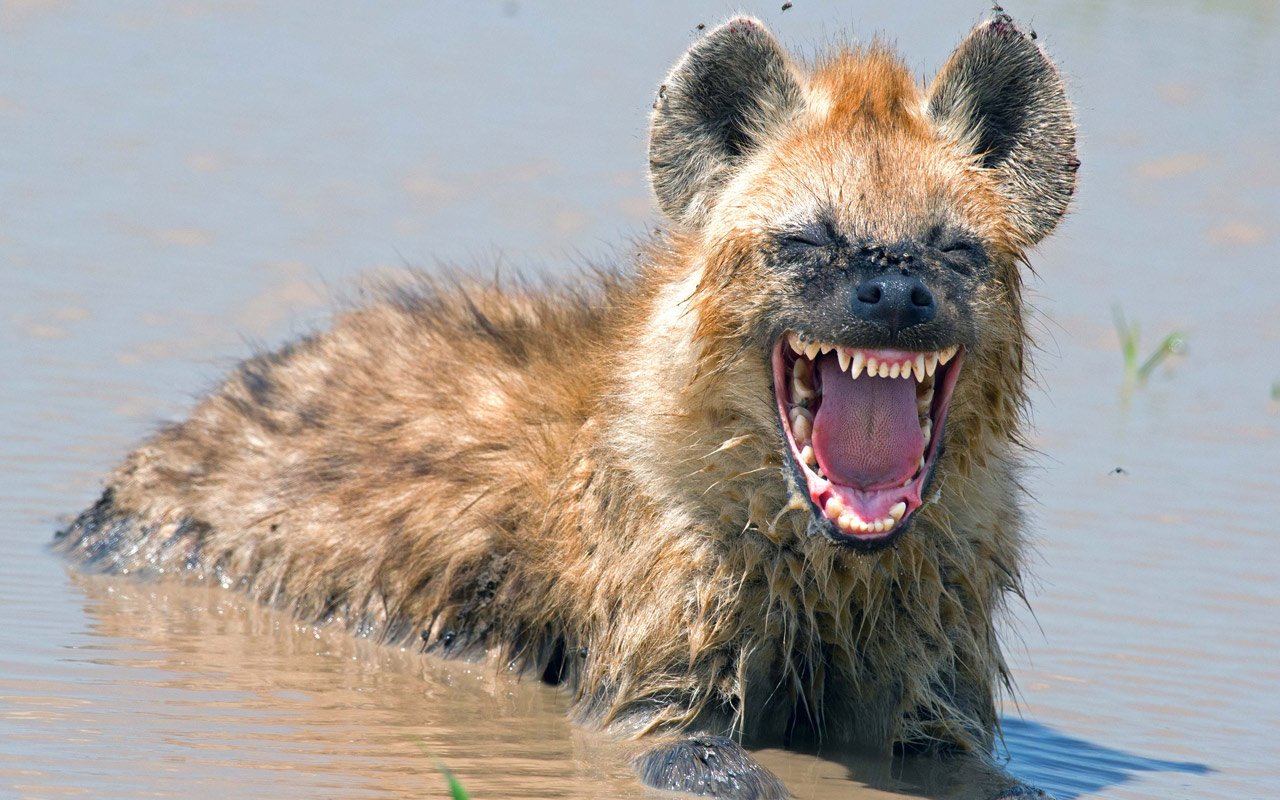
They are very savannah-like and have a bear-like gait.
These animals are often called “laughing Hyenas” and can sometimes be described as having haunting or witch-like calls.
Hyenas are scavengers. However, they reportedly consume 60-95 percent of their food.
They look like wild dogs, but they are closely related to mongooses & civets.
Roti Island Snake Necked Turtle
This bizarre-looking turtle is only found on the Indonesian island of Rote. Their necks are so lengthy that they cannot withdraw their heads into their shells like other tortoises or turtles. So they wrap the shell around their necks instead.
This ugly turtle is experiencing a rapid decline in its natural habitat and heavy targeting by pet traders.
Giant Chinese Salamander
The giant Chinese Salamander is the largest amphibian in the world and can grow up to 2 meters. The salamander, which is found in the Yangtze river basin of central China, can breathe through its skin.
The salamander’s skin is equipped with special receptors that can pick up vibrations from the water to aid them in locating their prey.
This salamander is unique. We aren’t sure if it is ugly or just odd-looking. Due to habitat loss, overcollection, and habitat loss, it is now critically endangered.
Titicaca Frog
The Titicaca Frog (Telmatobius coleus) is found in the high Andes surrounding Lake Titicaca.
They can grow up to 0.5 meters in length. It is also known as the “scrotum” frog because of its loose skin and folds that wrap around its body.
The Titicaca Frog’s name alone is enough to earn it a spot on this page! It is believed that the folds on the skin give the frog more surface area to absorb more oxygen in the lake’s waters.
The Titicaca Frog is one of many endangered animals on the list. It has been impacted by mining pollution, its collection for consumption, and its inclusion in a “frog juice” drink that is believed to be an aphrodisiac.
Contrary to this species of frog, there is a species of frog that lives and was first discovered in Vietnam that is being liked and kept by many people as a pet, that is the Vietnamese mossy frog.
Vulture
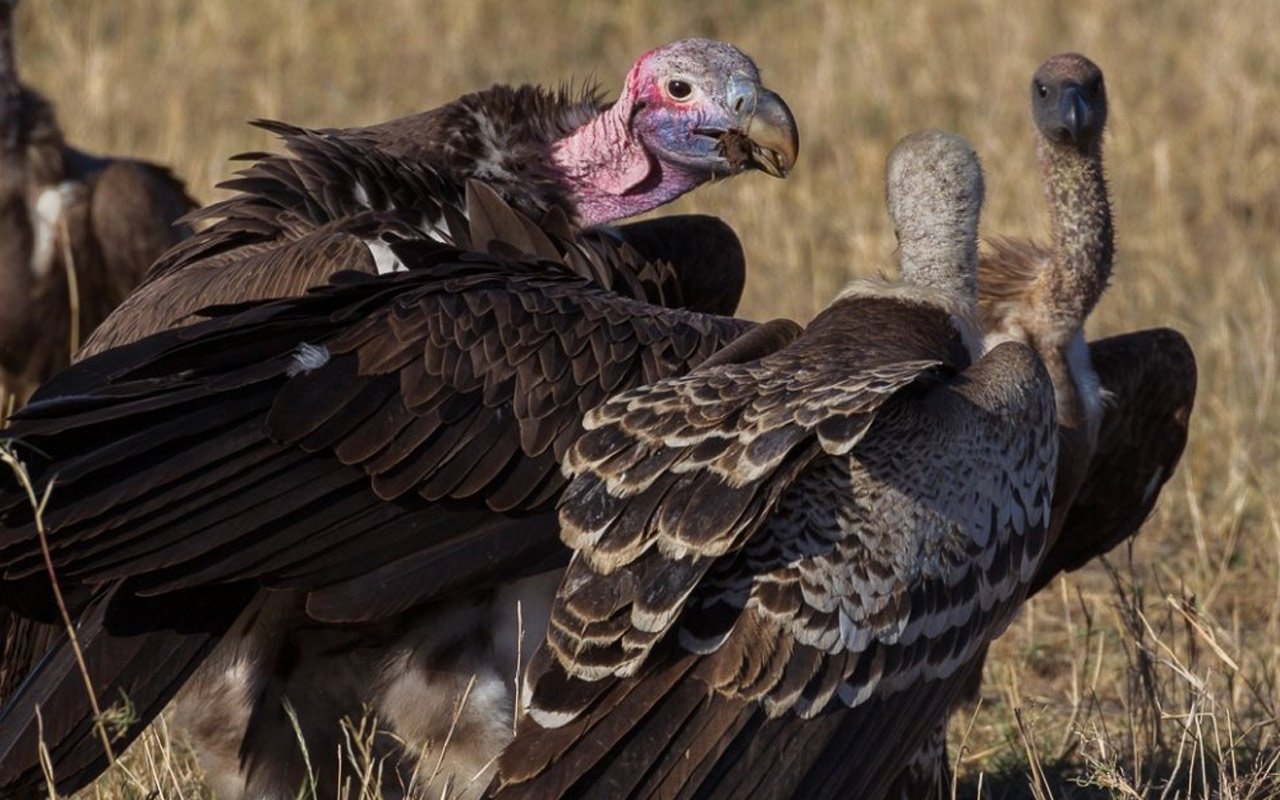
Vultures are scavenging birds or birds of prey that love nothing more than to feast on the carcasses of dead animals.
Africa has 11 vulture species. They are restricted to Africa. Unfortunately, seven of these eleven vulture species are considered endangered or critically endangered in Africa.
Nature-lovers all over the globe affectionately refer to Vultures as “Nature’s Cleaning Crew”. They are one the most successful scavengers in nature and help to clean up Africa like no other.
The Scavenger bird, the vulture, is also known as the “hyenas of the skies”. Vultures play an important ecological role in the decomposition of dead animals and cleaning them up.
Their large wings allow them to fly for hours without stopping. Their eyesight is very good, allowing them to see clearly even if they are far away.
Only two species of vultures are found in Africa: the cape vulture, which is the largest, and the lappet-faced vulture. They can reach a length of about 2.9 meters.
These are the other five amazing facts about vultures.
- Vultures are very disciplined in how they eat carcasses. This includes both their own species and those of other species. A typical savannah encounter will be interrupted by the aggressive, mature, and aggressive lappet-faced predator. This aggressive vulture will open the carcass first for his fellow vultures.
- The naked head of the vulture is used to ensure that the carcass does not get soiled. It also plays a significant role in thermoregulation, allowing it to retain heat by hiding or exposing its head according to the conditions.
- The thermals allow the vulture to soar to incredible heights. The vulture holds all the altitude records of birds.
- A great example of a tool used in the animal kingdom is the small Egyptian vulture, also known as Neophron Percnopterus. Vultures can be seen opening eggs of large birds like Ostriches. The vultures do this by throwing small stones at the shells. The vulture will continue this behavior until the eggshell cracks. Jane Goodall, a famous primatologist, witnessed this behavior in the Ngorongoro Crater in 1963.
- Carrion is consumed by vultures in approximately 1kilograms. The crop is a distensible bag that is located at the front of the esophagus. These are packed lunches for the vulture, who doesn’t eat one kind of food. A vulture will quickly empty its crop if it senses danger.
This is it for our ugly animals’ list. Were there any missing or obvious animals?
Are there any animals you feel were cruelly treated or should be removed from the list? Let us know what you think in the comments below.
You can also contact the Ugly Animal Preservation Society if you have concerns about any of these animals.
Frequently Asked Questions
Which animal is the ugliest?
Answer: Blobfish
Blobfish is the ugliest animal on the planet voted. In addition, the list of the ugliest animals also includes:
What's the most ugliest dog in the world?
Answer: Chinese crested dogs
You might not be rewarded for your unappealing physical characteristics everywhere. The World's Ugliest Dog Contest rewards the ugliest dog, and often the Chinese crested dog wins. The competition has been won nine times by Chinese crested dogs. They can either be hairless or furless and have also won a pedigree award in 2009 as well as the People's Choice Award last year. The competition has a high success rate, making them the most ugly dog in the world.
What is an ugly fish?
Answer: Blobfish
Depending on who you ask, the blobfish can be either horribly ugly or adorable. Its appearance makes it polarizing.
Its appearance is like it has been melting in the sunlight. This gelatinous glob of fish was voted the worst animal on the planet.
What is the ugliest baby animal in the world?
Answer: Top Ten Ugliest Animal Babies
- #1 Robin (Turdus migratorius)
- #2 Barn Owl (Tyto alba)
- #3 Giant Panda (Ailuropoda melanoleuca)
- #4 Aardvark (Orycteropus afer)
- #5 Turkey Vulture (Cathartes aura)
- #6 Stump-Tailed Macaque (Macaca arctoides)
- #7 Tapir (Perissodactyla tapiridae)
- #8 Warthog (Phacochoerus africanus)
- #9 Walrus (Odobenus rosmarus)
- #10 Flamingo (Phoenicopterus ruber)
What is the ugliest monkey?
Answer: The Proboscis Monkey is one of the ugliest animals
Proboscis monkeys are endangered mammal which lives on Borneo. Although most people find their bulbous noses to be quite ugly, they make great use of their fleshy schnozes for courtship.
Proboscis monkey males use their bulbous noses to attract females and scare off potential males. These monkeys eat nuts, leaves, and unripe fruits (the sugars in ripe fruits can make them sick). ).
Proboscis monkeys travel together, known as harems. They prefer to stay in trees and only occasionally come to land for food.
They love water and are most well-known for jumping off tree limbs and belly-flopping into streams and lakes. Proboscis monkeys live only on Borneo.
Their numbers have declined rapidly as the island's landscapes have changed.
What is the most ugliest rat?
Answer: The Naked Mole-Rat
This undated photo of the naked mole-rat Heterocephalus Glaber is taken in South Africa. This species has been named by the Ugly Animal Society Preservation society as one of the most disgusting animals on Earth.
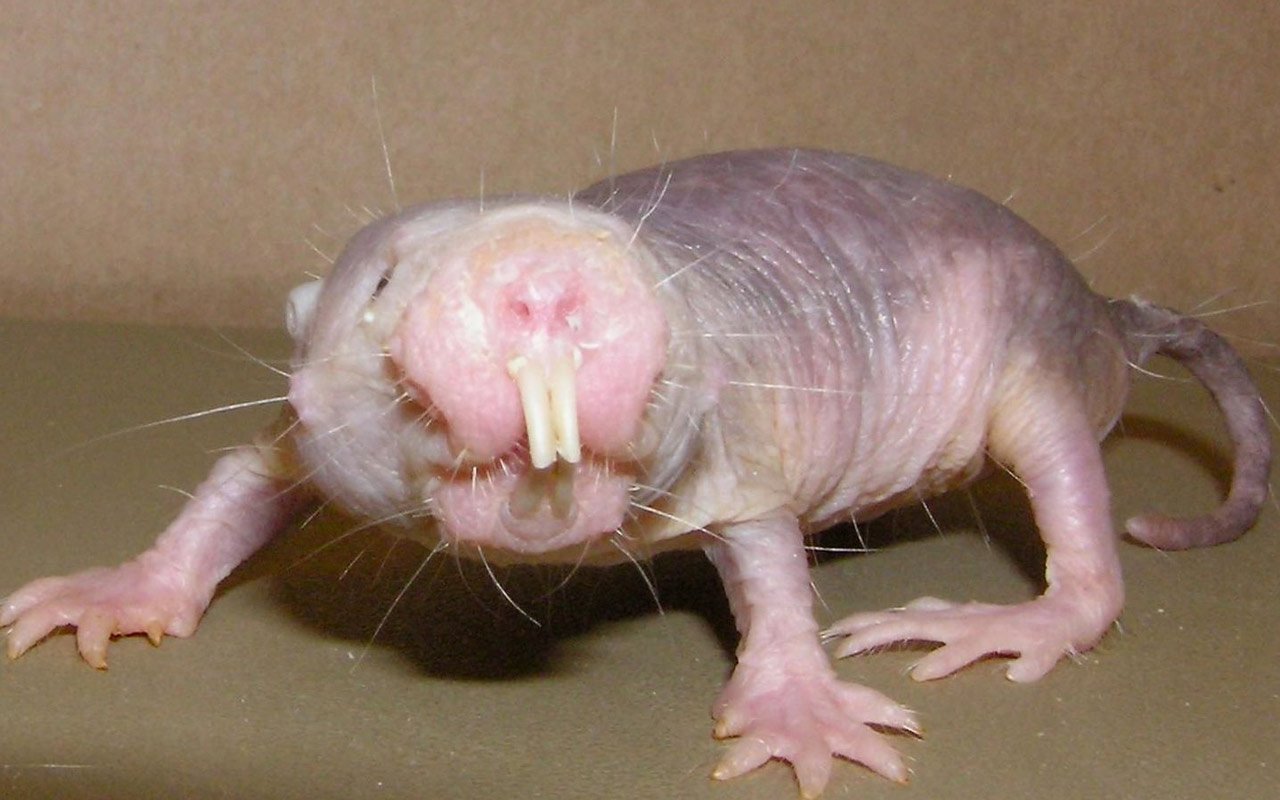
What is the ugliest bird?
Here are some of the World's Ugliest Birds
- Cinereous vulture.
- Eastern wild turkey.
- Andean condor.
- Muscovy duck.
- Marabou Stork.
- Sri Lanka frogmouth.
- Vulturine guineafowl.
- Greater adjutant.

